CHM museum specialist Jojo Galvan writes about Alfredo Cano and Bertha “Rosita” Musquiz, two professional Mexican American dancers who performed at the 1933–34 A Century of Progress International Exposition.
To celebrate Chicago’s centennial and to stimulate consumer spending in the midst of the Great Depression, the city organized the 1933–34 A Century of Progress International Exposition. That world’s fair opened on May 27, 1933, ran through November 12, 1933, and was deemed so successful that it ran again from May 26 through October 31, 1934. More than 48 million people attended the fair, which expanded across 400 acres of what is known today as Northerly Island, to marvel at the latest innovations in technology and engineering. The “Rainbow City,” as the fair came to be known, featured everything from colorful homes of the future, to the signature attraction of the fair, the Sky Ride, a mechanized transporter bridge that allowed visitors to take in the city from elevated heights.
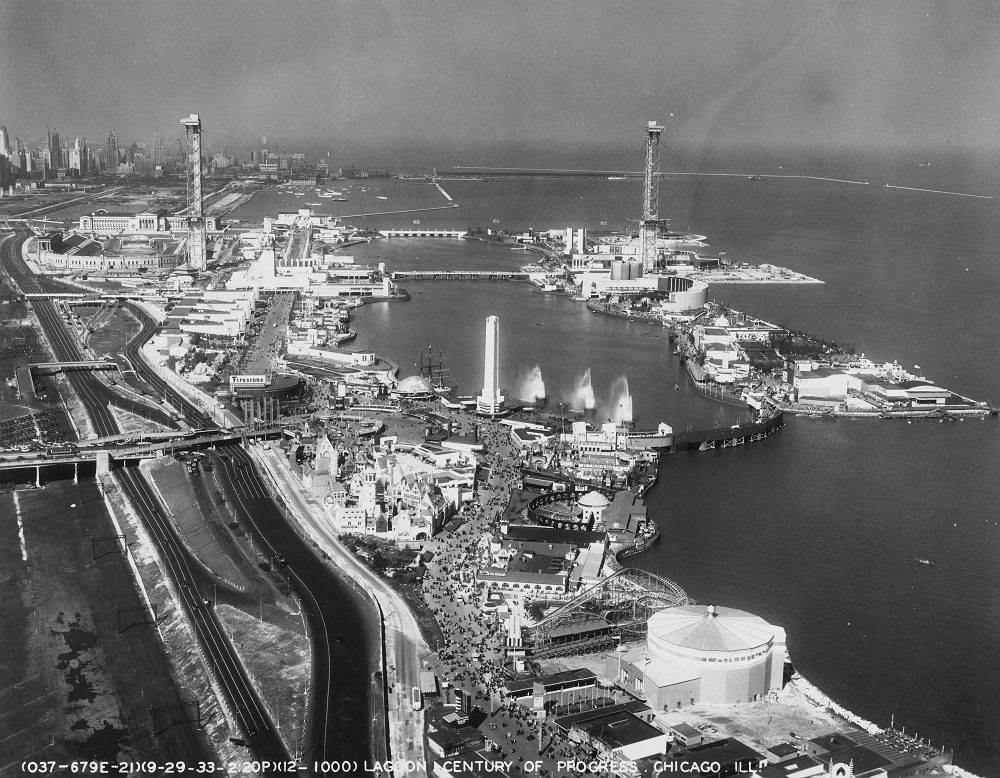
Northerly Island during the A Century of Progress International Exposition, Chicago, September 9, 1933. ICHi-031117
Beyond American innovation, visitors could see international participants showcasing culture and ingenuity from abroad. Among the slew of nations represented, one of the most popular pavilions was our neighbor south of the border, Mexico.
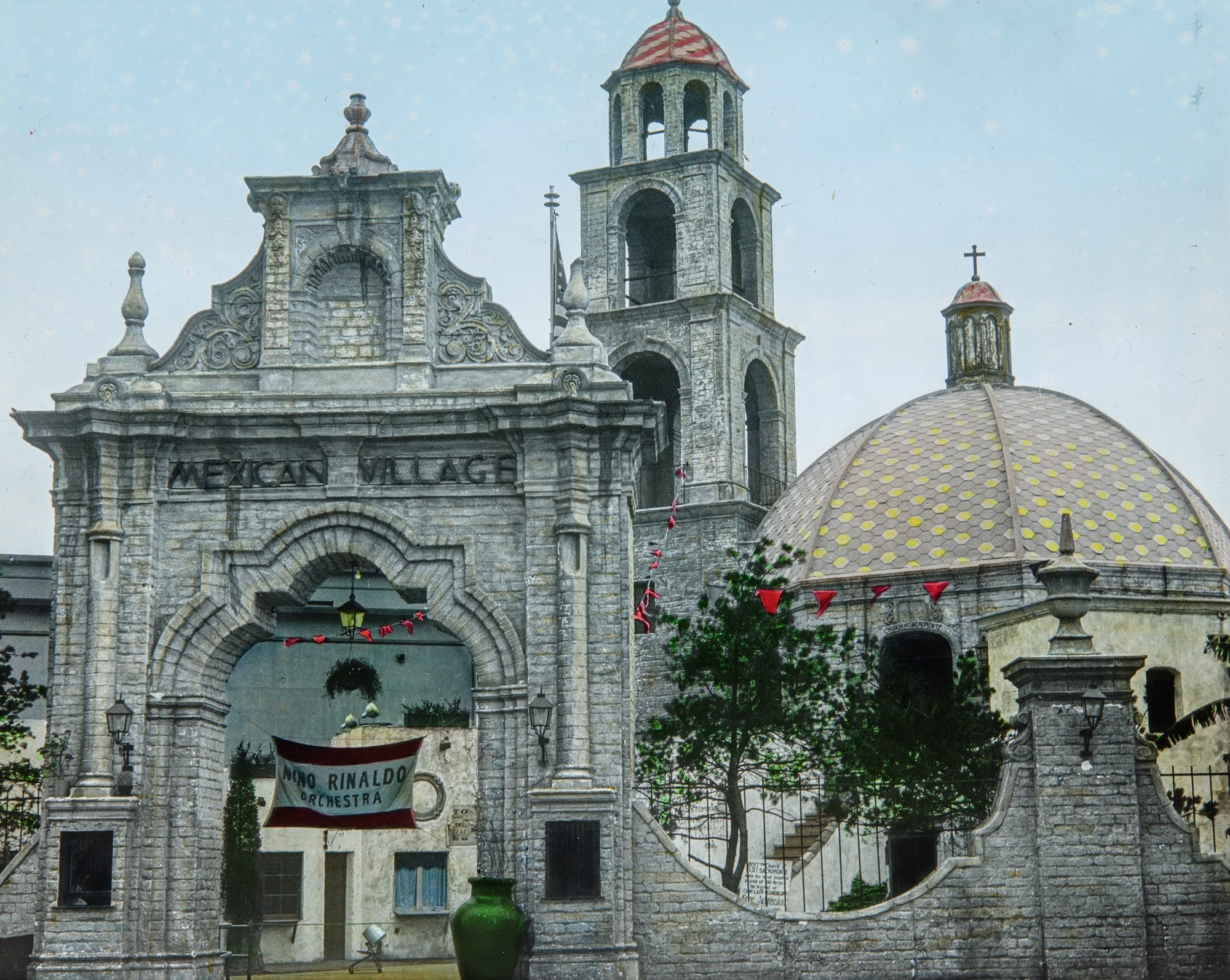
The entrance to Mexican Village at the A Century of Progress International Exposition, Chicago, 1933. This lantern slide was hand-colored by the photographer, Anton Rodde. CHM, ICHi-176091; Anton Rodde, photographer
As one guidebook to the fair explained, those who ventured to the Mexican village could expect: “Music, dancing, and the free and easy enjoyments of the land of sunshine south of the Rio Grande . . . Señores, Caballeros, the house is yours is the attitude. Free outdoor entertainments are given by dancers and singers in fiestas in the square . . . Floor shows at 1 pm and hourly after 6 pm.”
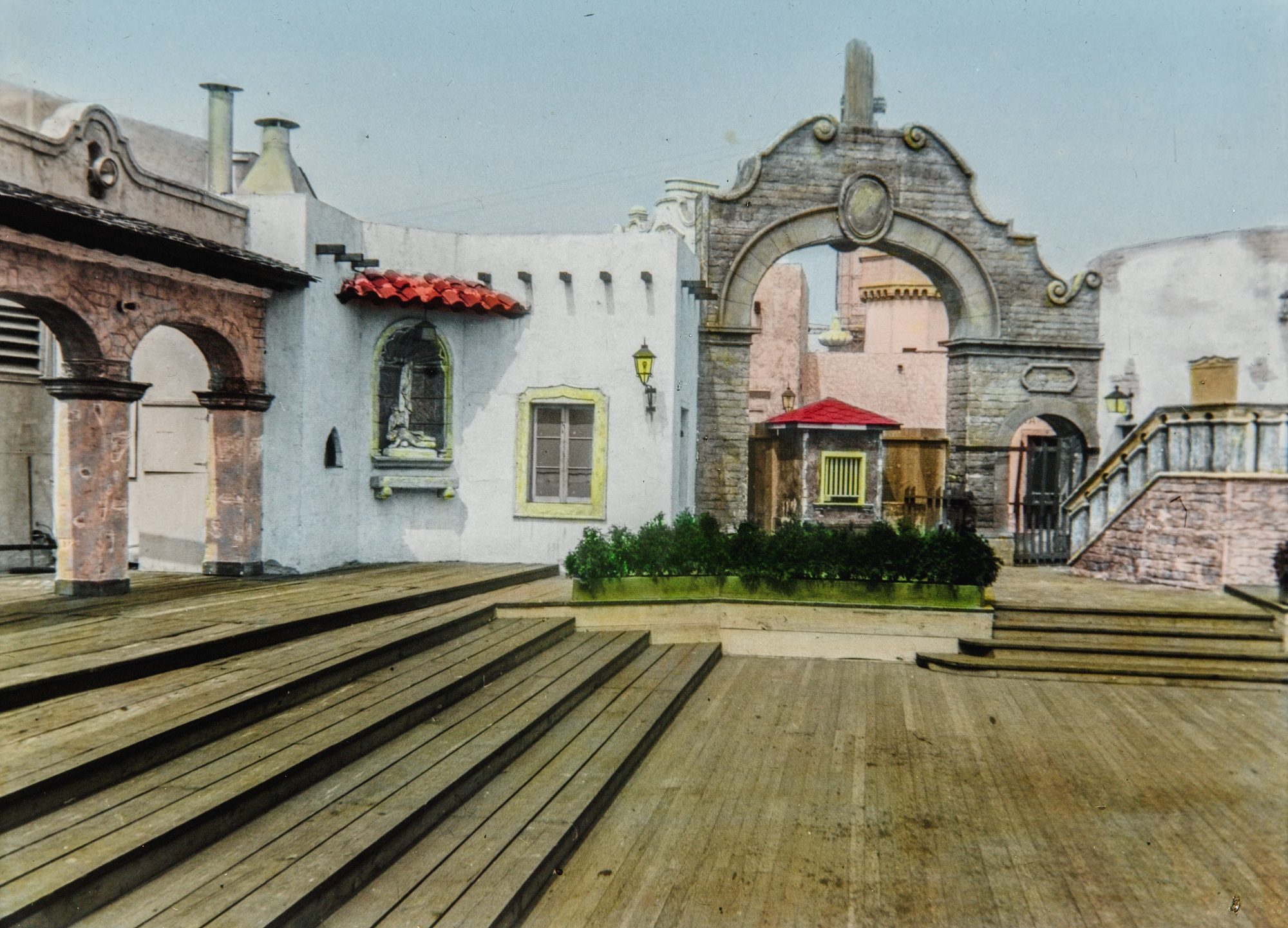
The plaza of the Mexican Village at the A Century of Progress International Exposition, Chicago, 1933. This lantern slide was hand-colored by the photographer, Anton Rodde. CHM, ICHi-176094; Anton Rodde, photographer
The dancers so prominently advertised as part of the Mexican Village attractions suite were two professional Mexican American dancers, husband and wife Alfredo Cano and Bertha “Rosita” Musquiz. They danced as the professional flamenco dance team known simply as “Alfredo and Rosita.” Alfredo was an immigrant from Mexico who arrived as a laborer in Chicago in the 1920s and studied dance here. Rosita was a Mexican American from San Antonio, Texas, and the two crossed paths in 1930, just at the right time to secure their positions as dancers for the Mexican Village.
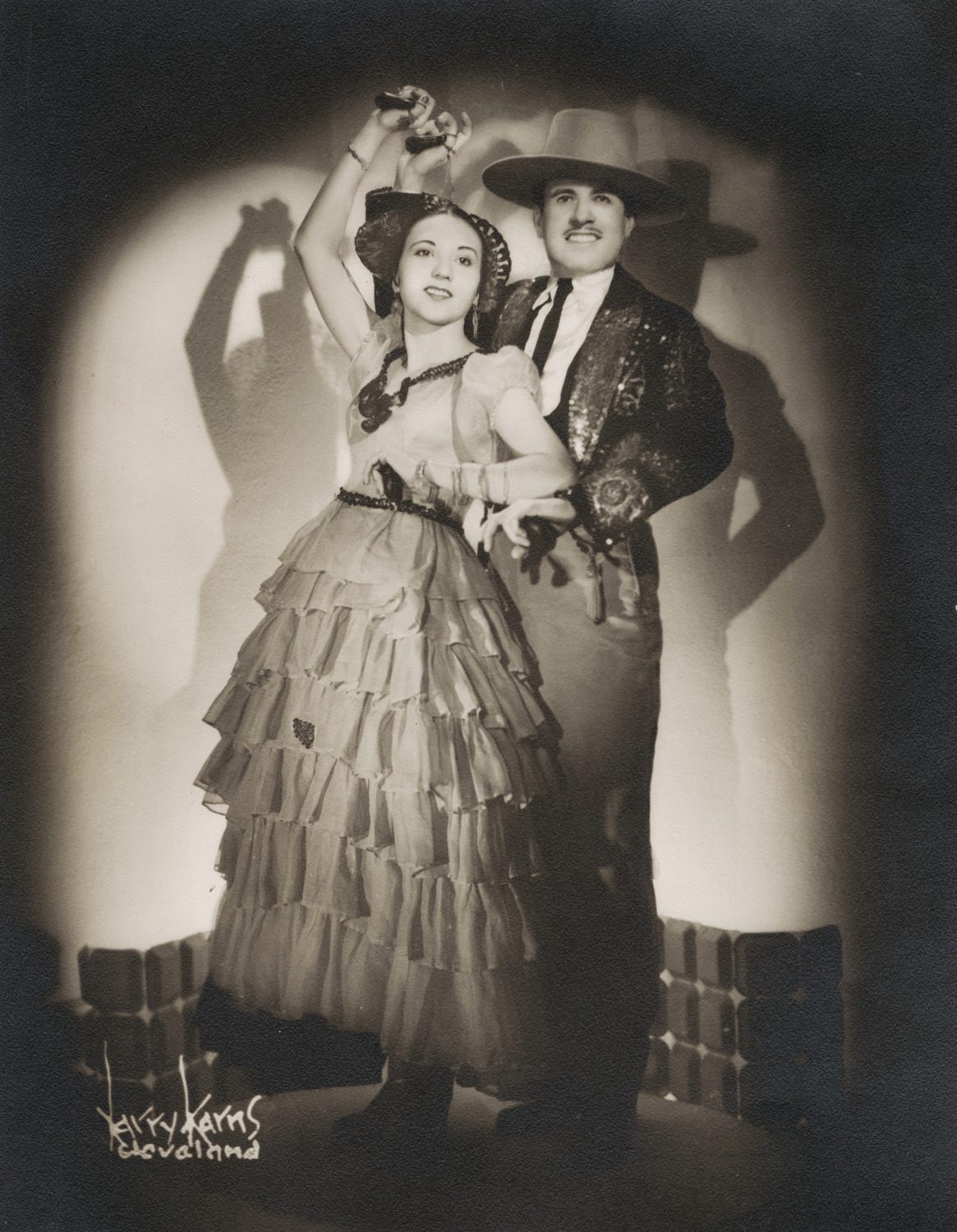
Studio portrait of Alfredo Cano and Bertha “Rosita” Musquiz, c. 1930. CHM, ICHI-183252; Larry Karns Cleveland, photographer
Audience members attending Alfredo and Rosita’s show were wowed not only by the intricacy of the embroidery and brightness of the garments worn by the performers, all of which were artisan-crafted in Mexico City but also by the duo’s traditional Mexican dances, bailes folkloricos, which often tell intricate stories and legends as part of the performance.
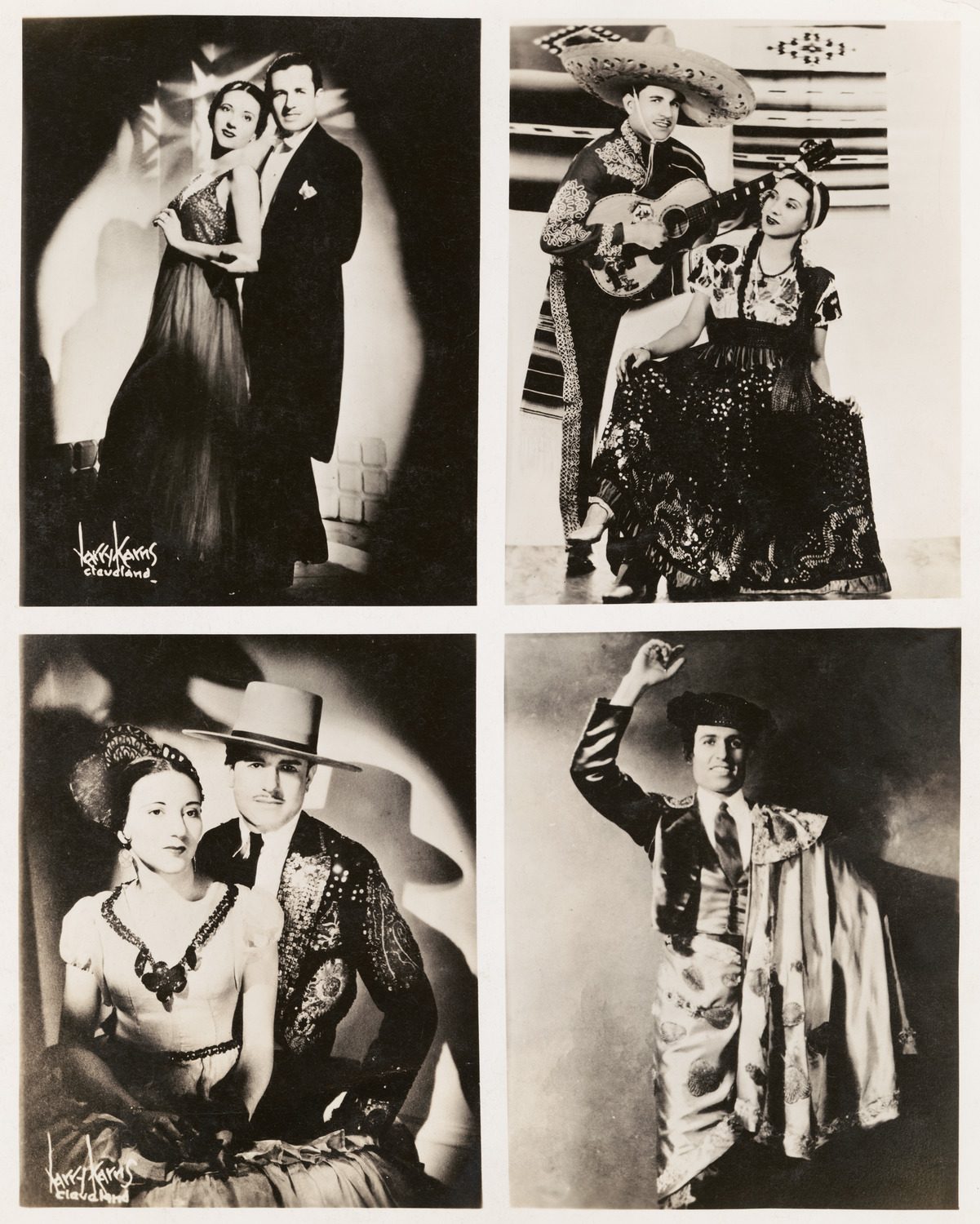
Proof sheet of photographs of Alfredo Cano and Bertha “Rosita” Musquiz, c. 1930. CHM, ICHI-183252; Larry Karns Cleveland, photographer
Performing at the fair made Rosita and Alfredo some of the premier dancers of their day. While their performances at the world’s fair were primarily traditional Mexican dances, their general performance repertoire was robust, including other traditional Latin dances like salsa and, of course, their signature flamenco. Professionally, Alfredo and Rosita’s career spanned two decades. While they toured at performance venues, festivals, and local celebrations, bringing their rhythms to diverse crowds across the country, Chicago was always their home base, and they were staples at many of the city’s venues, like the former Cuban Village Café that once stood at 715 W. North Avenue in the Old Town neighborhood and the swanky Walnut Room at the historic Bismarck Hotel (today the Allegro Royal Sonesta Hotel) on Randolph Street in the Loop.
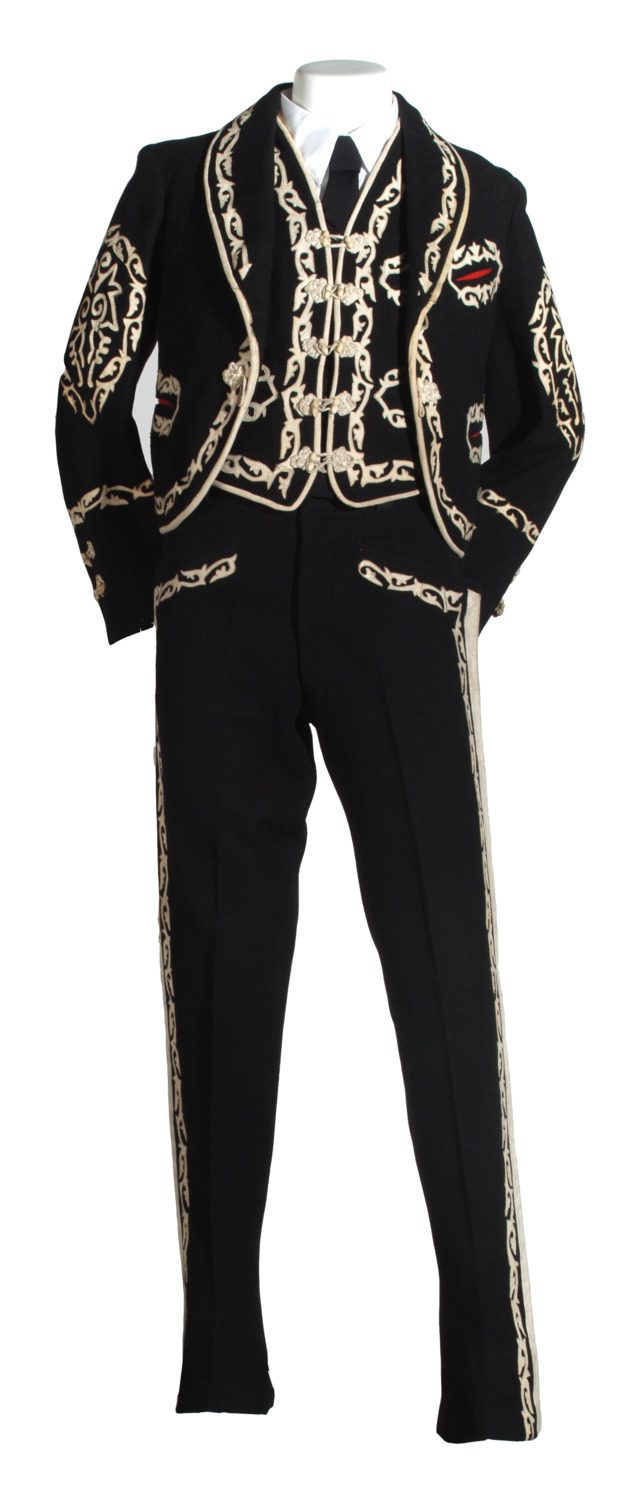
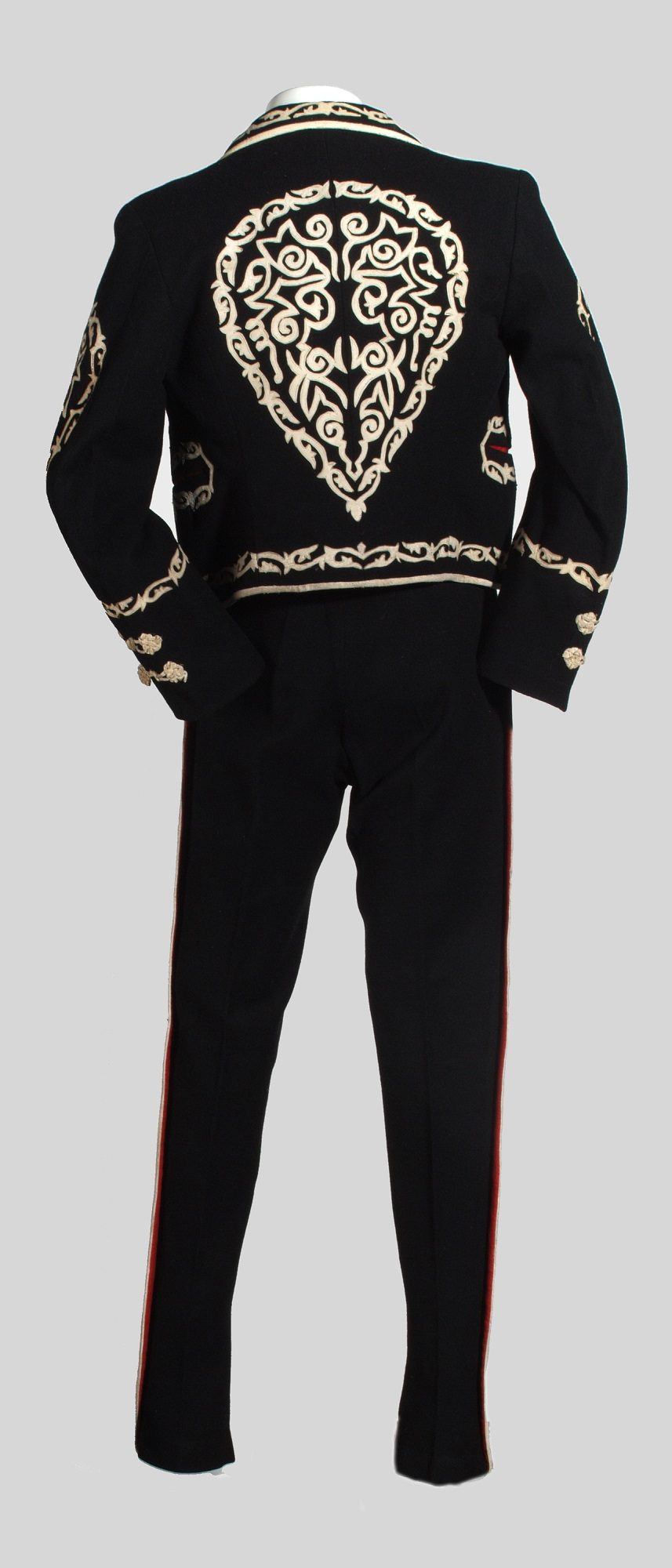
Front and back views of one of Alfredo’s costumes. The black wool ensemble comprises a jacket, vest, trousers, shoes (not pictured), and sombrero (not pictured). CHM, ICHi-066611 and ICHi-066610
Rosita donated a number of her and her husband’s garments to CHM’s costume collection in the 1980s, where they remain to this day. Alfredo’s elaborately crafted Charro ensemble was included in the 2003 CHM exhibition Flamenco! Latin Dance in 1930s Chicago.
Additional Resources
- Read the Encyclopedia of Chicago entry on the A Century of Progress International Exposition
- Experience what the 1933–34 world’s fair was like through our VR project, Chicago 00
See what other's are saying!